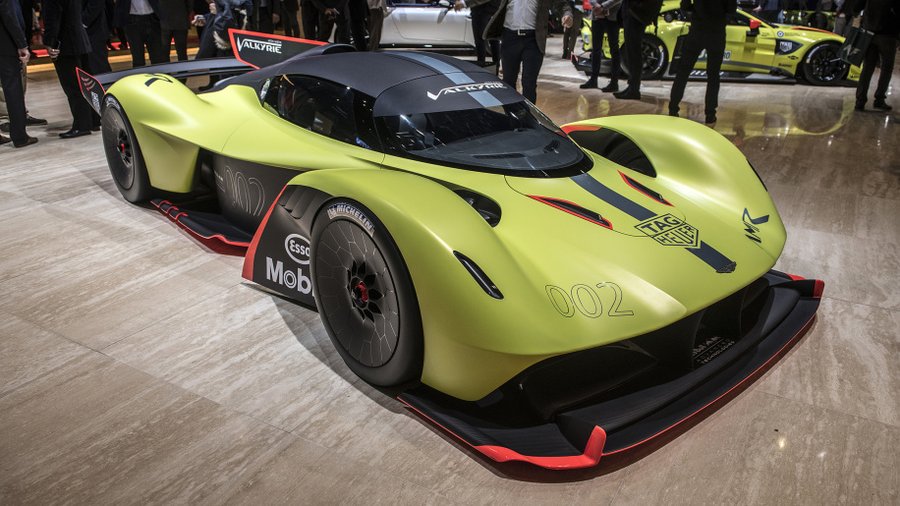FIA introduces 'Hypercar Concept' for World Endurance Championship

One of the most common jabs at hypercars is the question, "Where can you drive them to their potential?" Imagine the answer being: to the checkered flag in the 24 Hours of Le Mans. We're not there yet, but the FIA World Motor Sport Council took a step closer to the possibility during its second annual meeting in Manila, the Philippines. One of three initiatives the WSMC announced for the 2020 World Endurance Championship was "Freedom of design for brands based on a 'Hypercar' concept." This "Hypercar concept" would replace LMP1 as the premier class in the WEC.
The dream, of course, would be seeing racing versions of the AMG Project One, Aston Martin Valkyrie AMR Pro, Bugatti Chiron, Koenigsegg Regera, McLaren Senna GTR, Pagani Huara BC, and the rest of the gang trading paint and carbon fiber through Dunlop in a heinously expensive version of "Buy on Sunday, sell on Monday." The reality is that we don't have all the details yet on the set of regulations called "GTP," but the FIA wants race cars more closely tied to road cars, albeit with the performance level of today's LMP1 cars.
Exterior design freedom would shelter internals designed to reduce costs, the FIA planning to mandate less complex hybrid systems and allow the purchase of spec systems. One of the FIA's primary goals is lowering LMP1 budgets to a quarter of their present levels. Audi and Porsche budgets exceeded $200 million, while Toyota - the only factory LMP1 entry this year and next - is assumed to have a budget hovering around $100 million. Reports indicated that Aston Martin, Ferrari, Ford, McLaren, and Toyota sat in on the development of the proposed class. If the FIA can get costs down to around $25 million, that would compare running a top IndyCar team and have to be hugely appealing to the assembled carmakers.
The initiative represents another cycle of the roughly once-a-decade reboot of sports car racing to counter power or cost concerns. The FIA shut down Group 5 Special Production Sports Car class in 1982 to halt worrying power hikes, and introduced Group C. In 1993, Group C came to an ignoble end over costs; manufacturers were spending $15 million on a season, back when that was real money and not one-fifth of a Ferrari 250 GTO. Then came the BPR Global GT Series that morphed into the FIA GT Championship, which would see the last not-really-a-road car take overall Le Mans victory in 1998, the Porsche 911 GT1. That era would be most aligned with a future hypercar class. After that, the FIA created the LMP classes that would take those previous stellar budgets supernova.
We'll get more details on the proposal next week when the Automobile Club de l'Ouest, the Le Mans organizer that worked with the FIA on the ideas, hold's its pre-Le Mans press conference.
Elsewhere on the WMSC docket, the FIA approved aero changes to 2019 Formula 1 cars to improve overtaking. An even bigger shock: the FIA World Rallycross Championship will go electric-only from 2020. The WRX will use silhouette cars provided by Oreca, powered by two 500-kW electric motors sourced from Williams Engineering, and a common battery. Ex-World Rally Championship maestro Sebastien Loeb, now a World Rallycross team owner and driver, said of that move, "We don't dream about electric cars, but if the future for all cars is to be electric then it's normal that we'd make the swap. And in this case I think Rallycross is the best series to do it because it's very short, you have a lot of power, very fast cars and an intense fight..."
Related News
